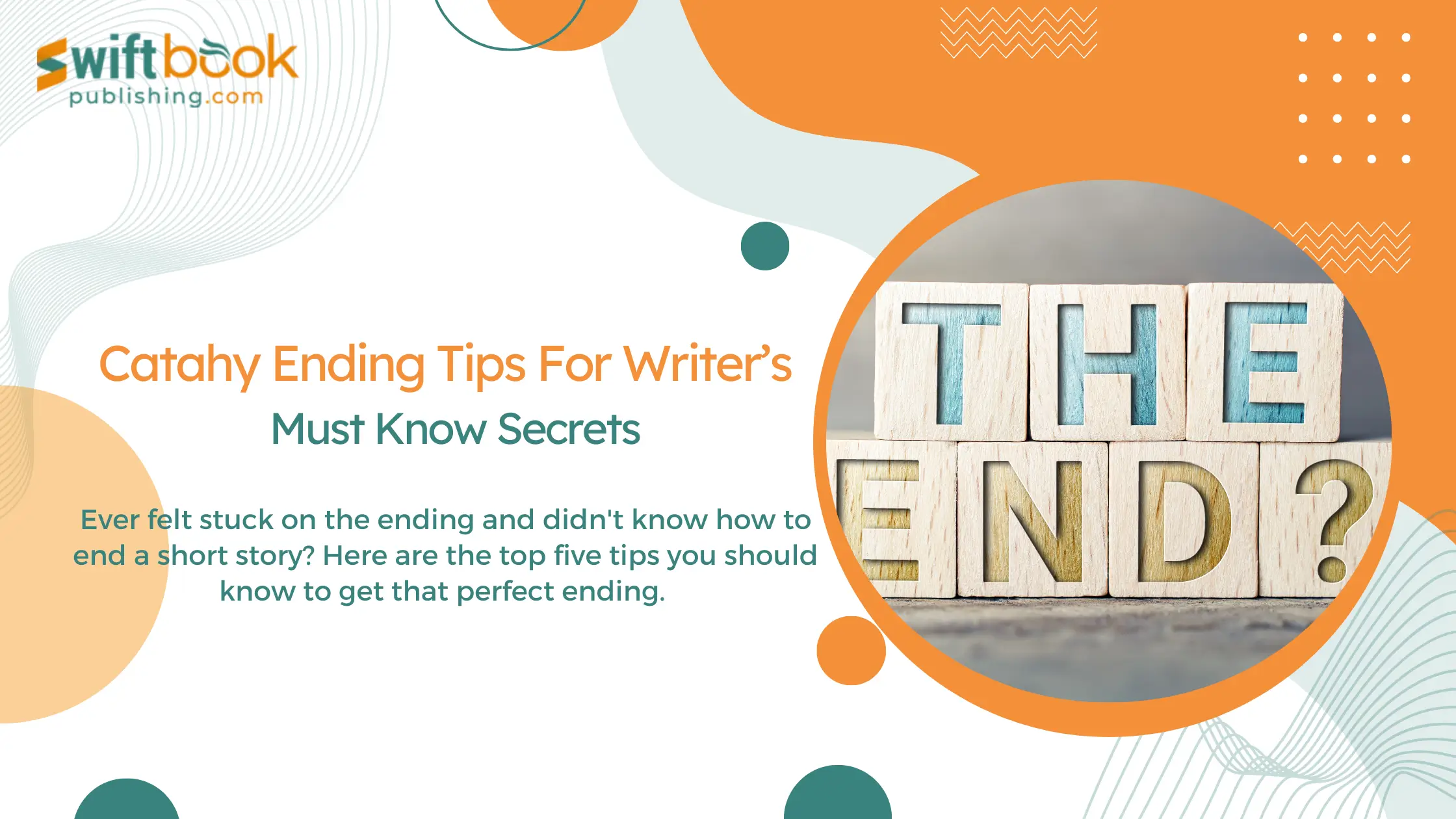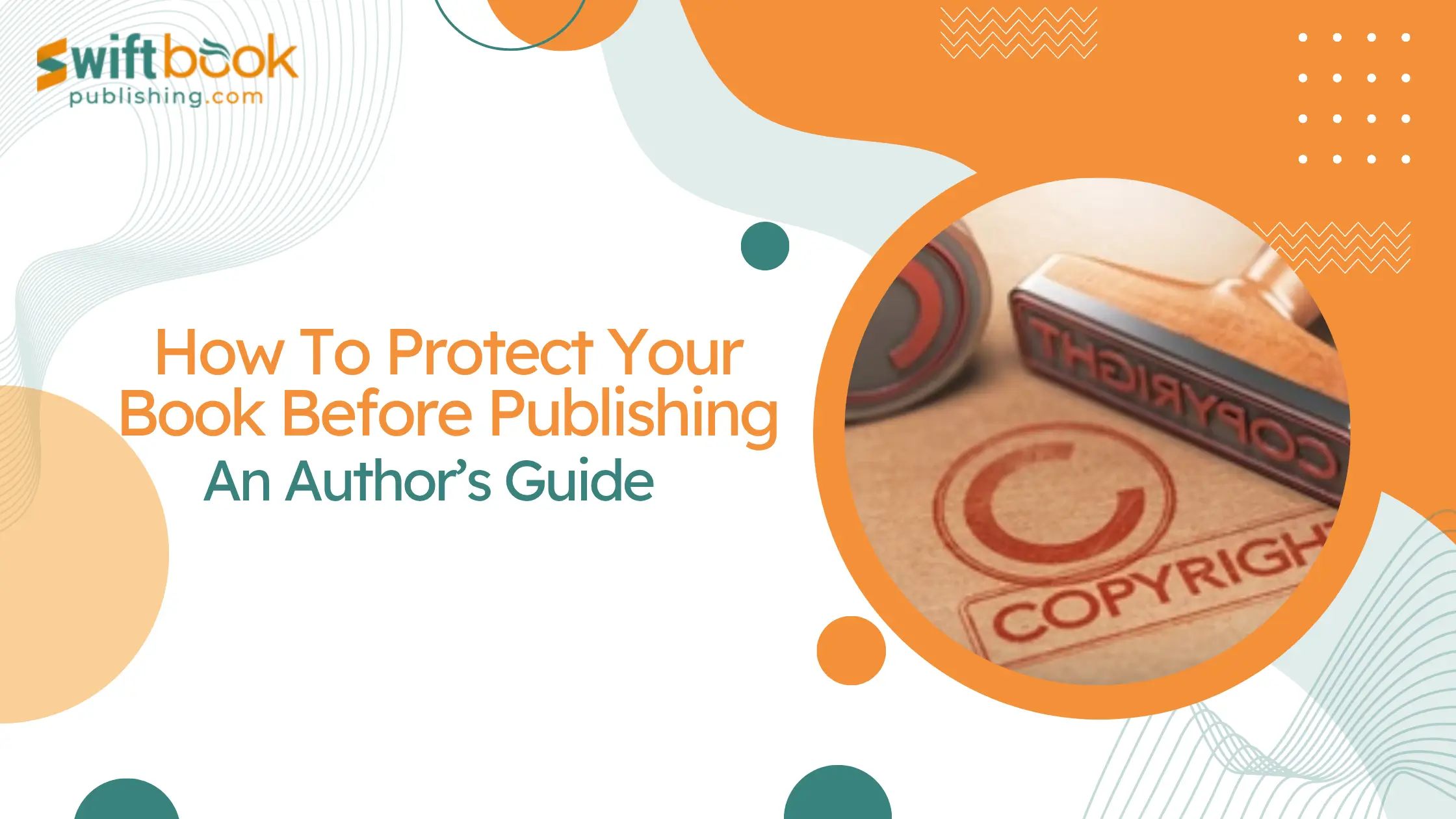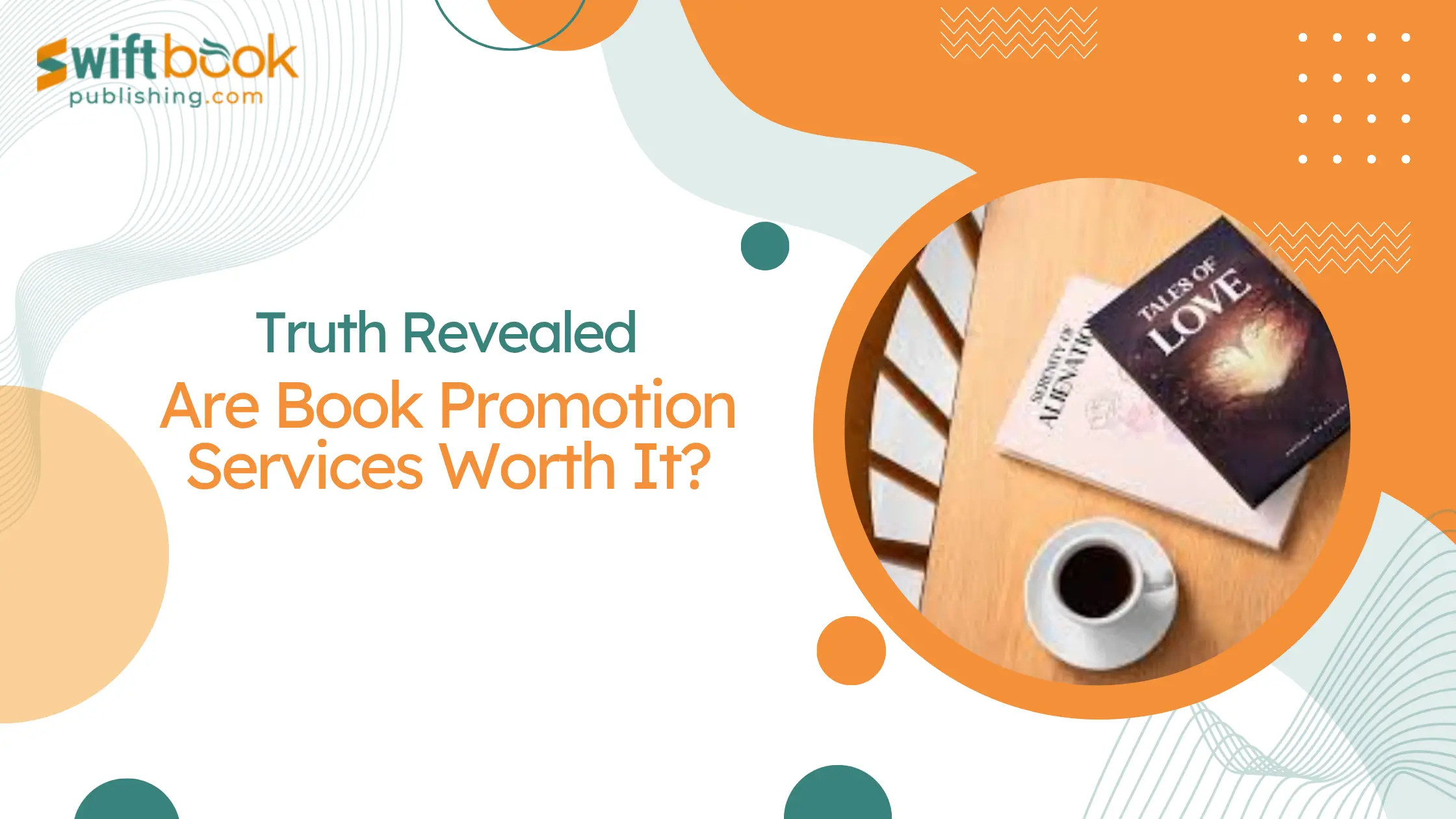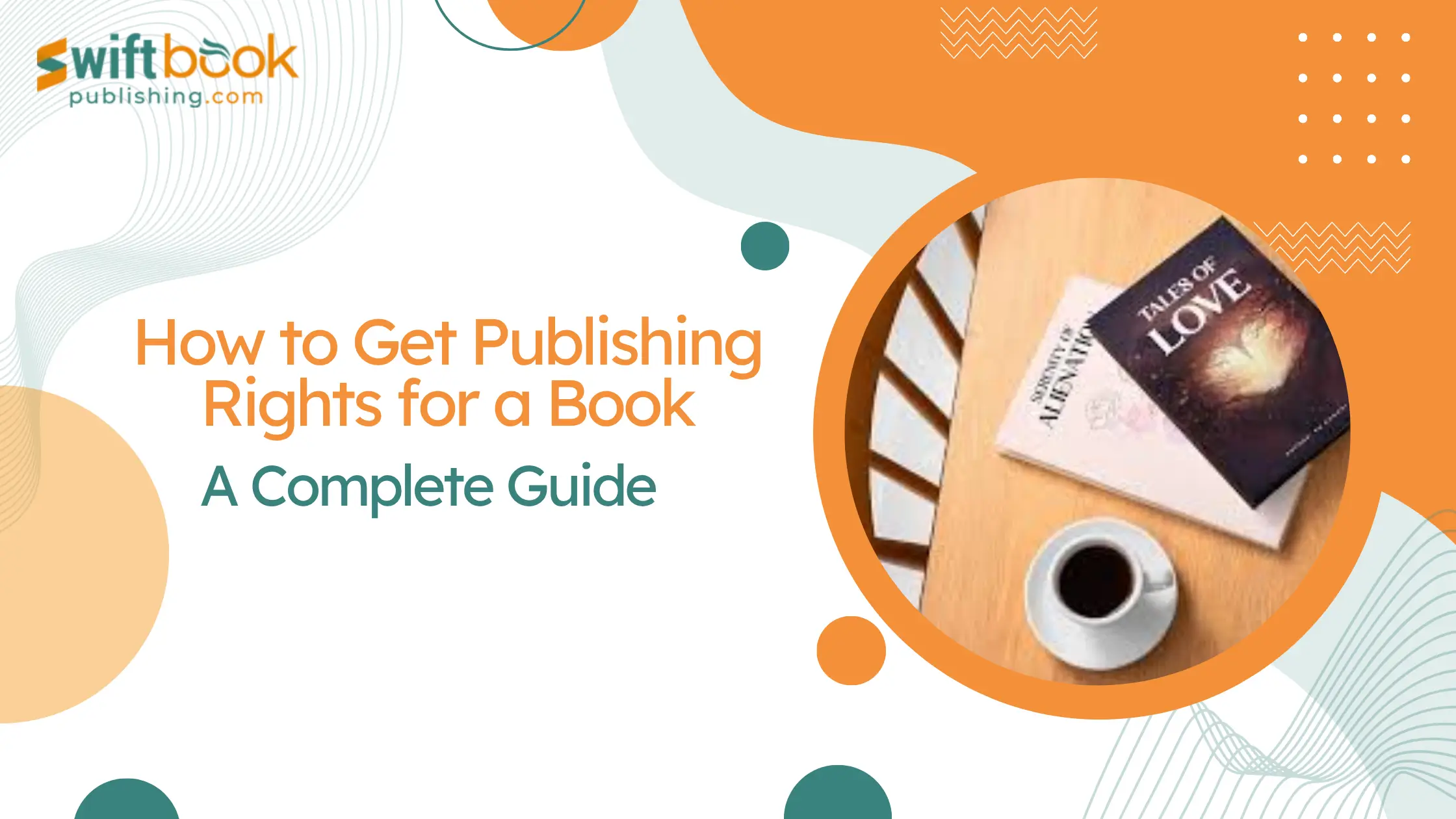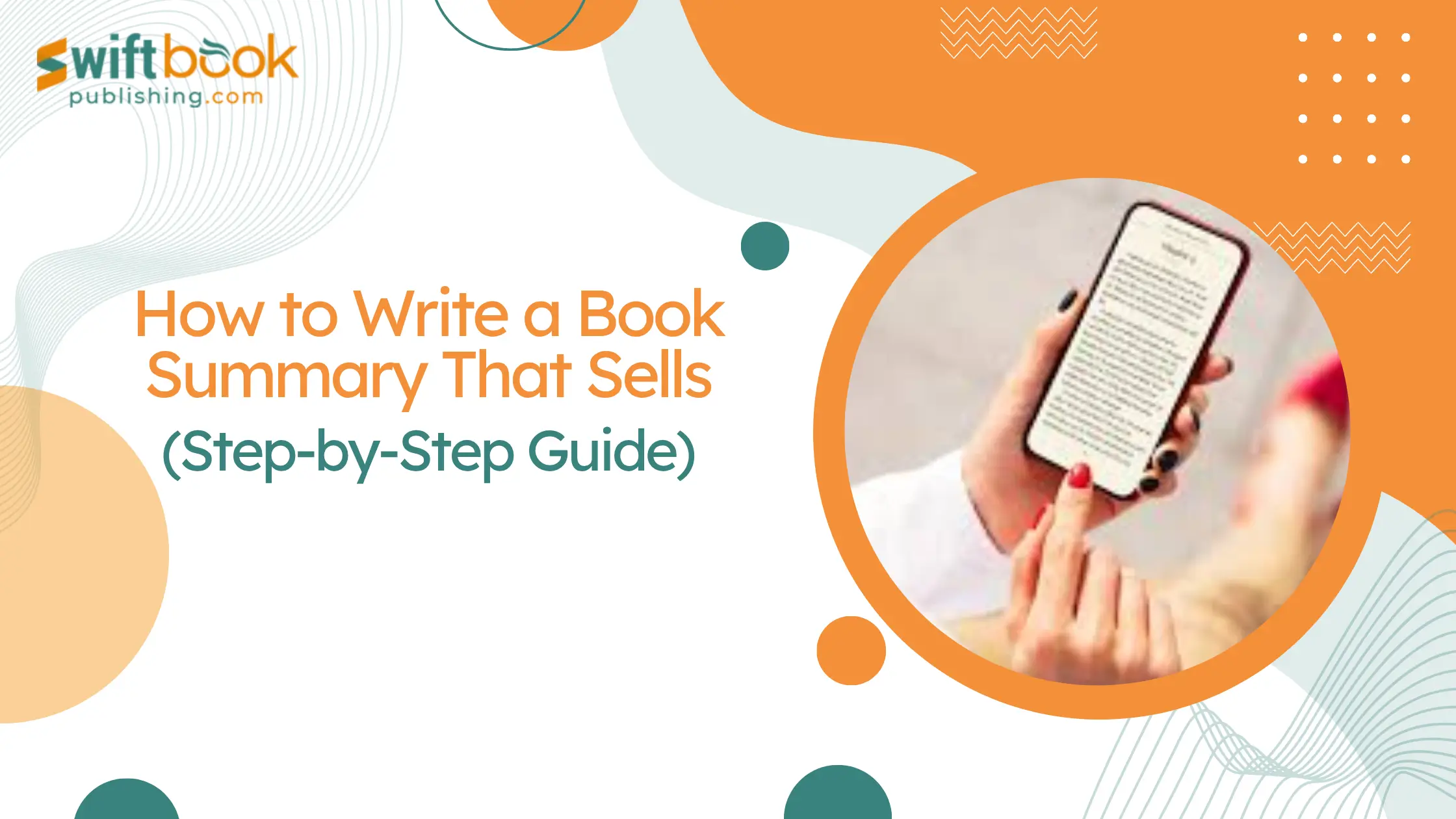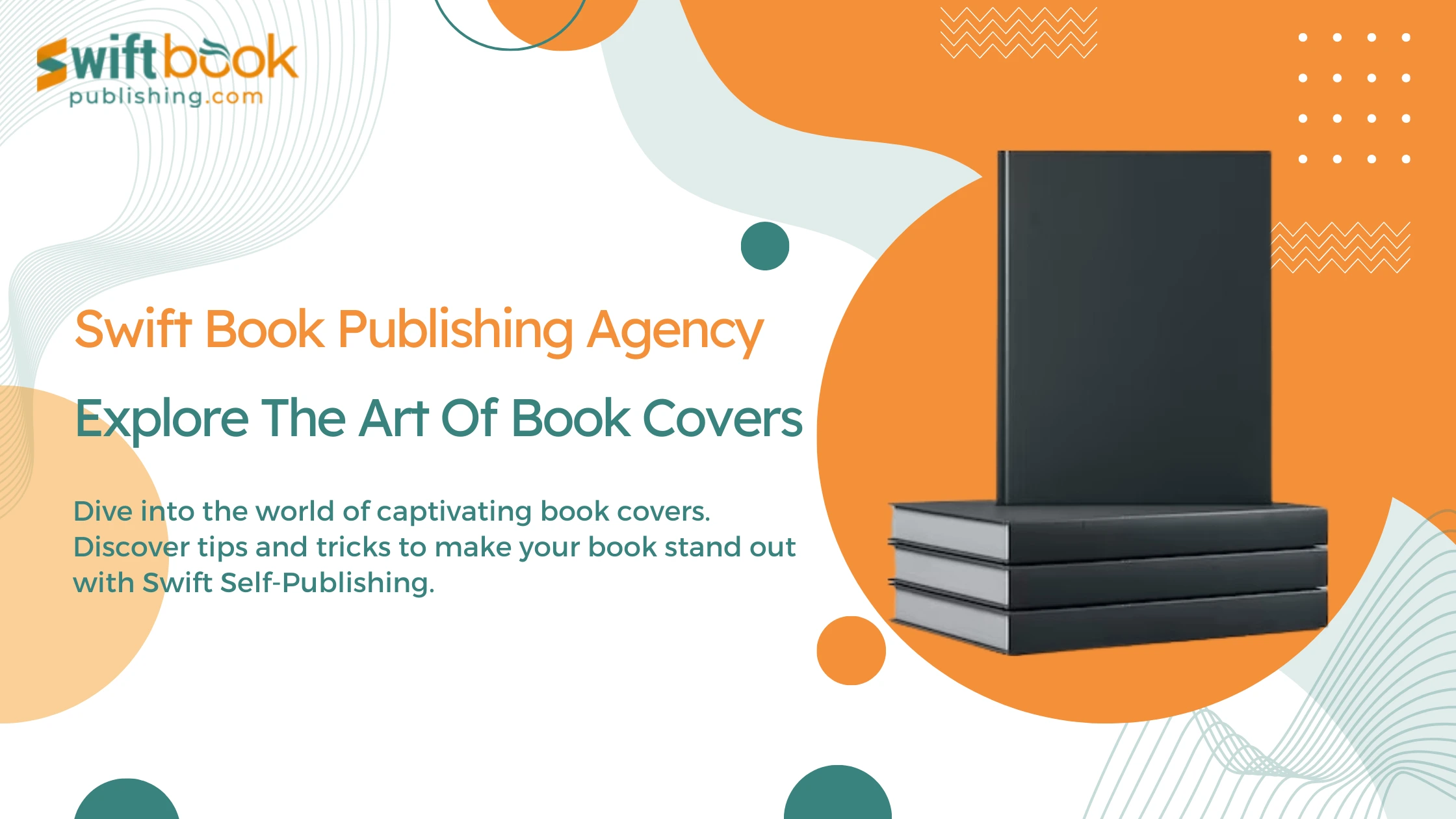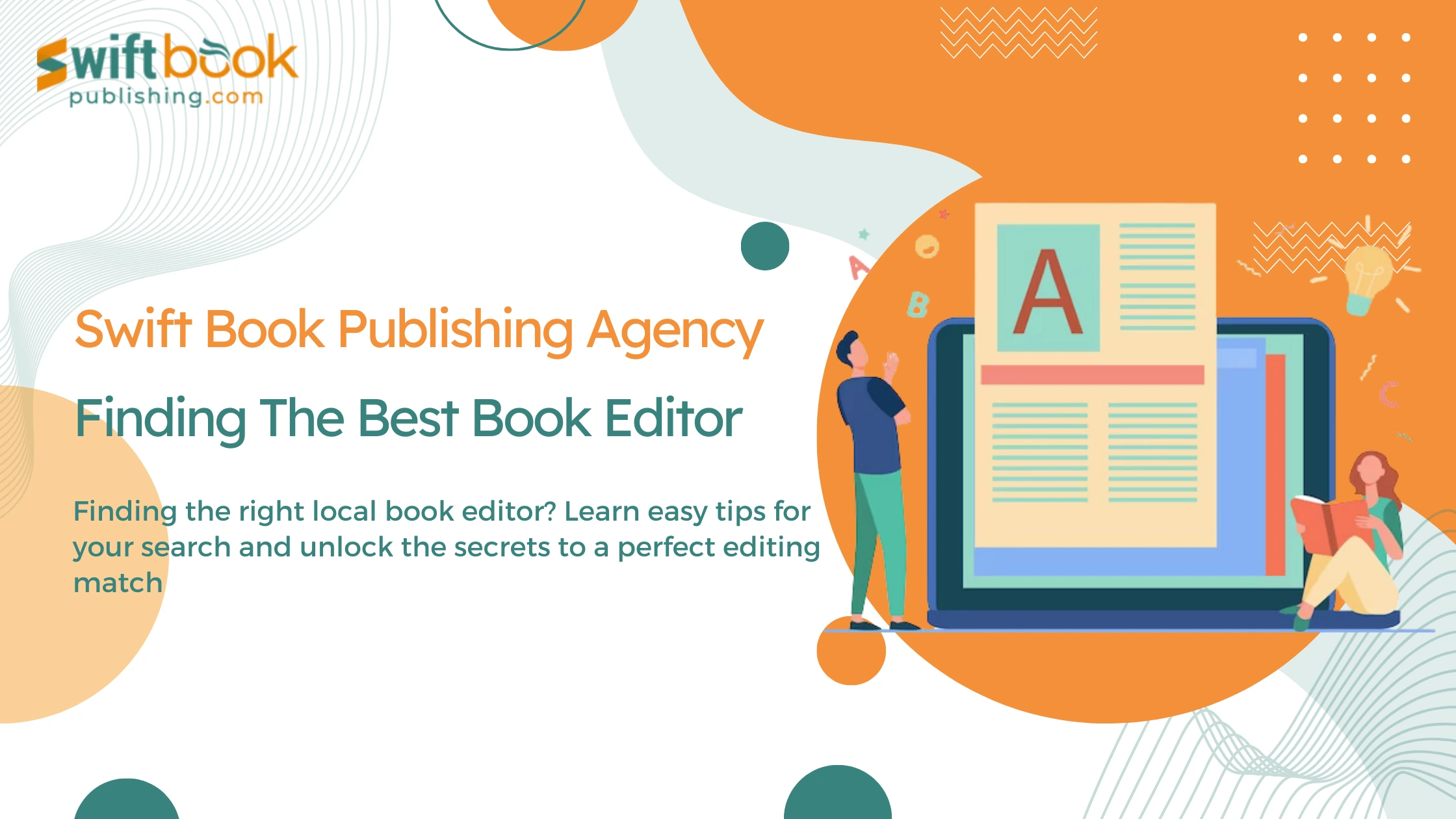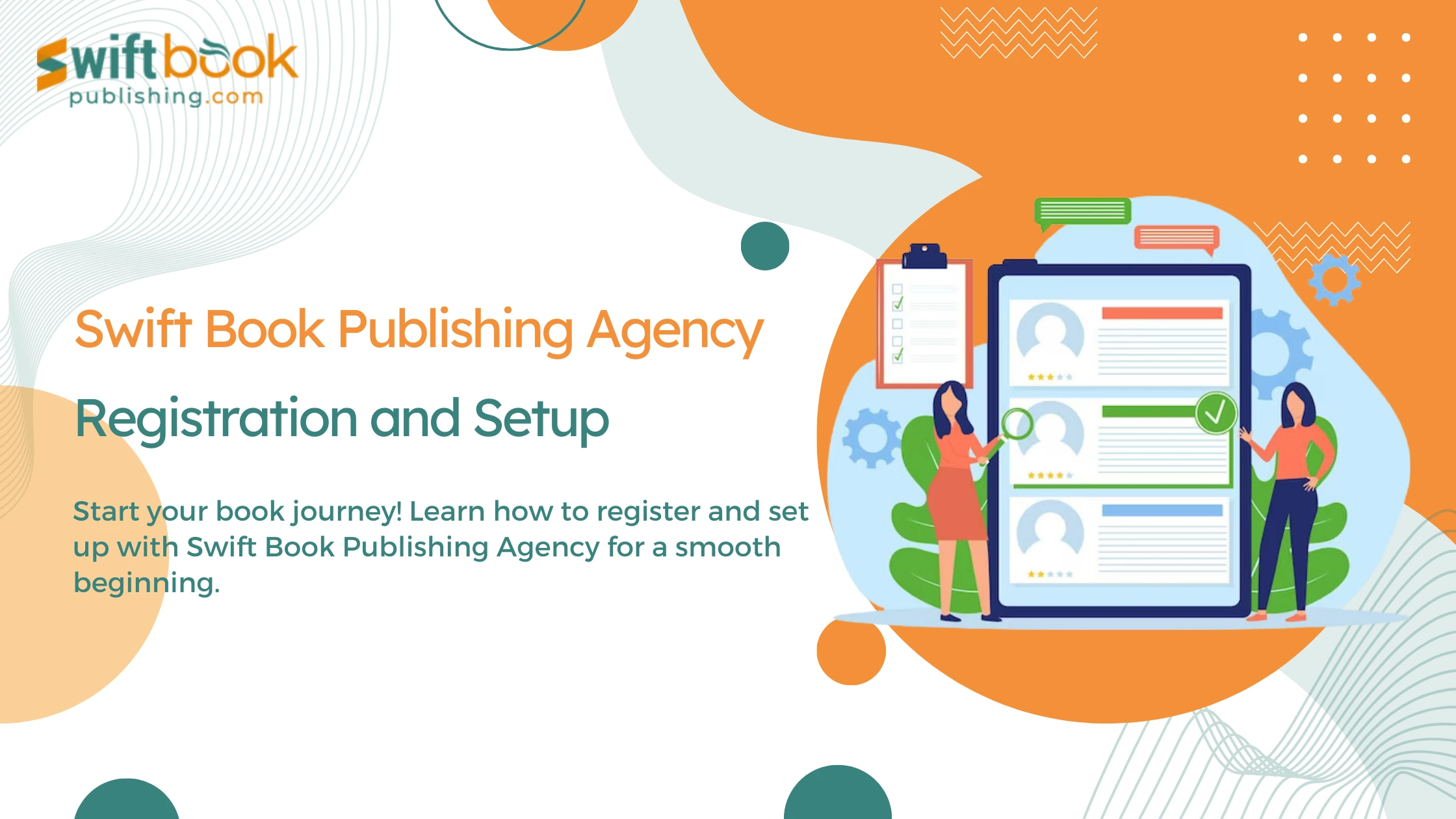Great is the art of beginning, but greater is the art of ending. -Henry Wadsworth Longfellow
Most writers would argue that writing the beginning of a story is the most difficult part of a story. But in other instances, the ending leaves some writers scratching their heads. If you don’t know how to end a short story, you’re not alone. Even the most talented authors often struggle to figure out a good ending.
Being in the book writing business, we know a thing or two about writing strong conclusions. If you seek the art of writing great ends, let us assist you with this short guide. In just five minutes, you’ll learn a lot about how to write an ending to a story. From the different ways you can end your story to helpful tips you can use to reach the end, we’ll cover it all. In addition, we’ll also discuss why the ending matters in short stories and the common challenges writers face so you don’t make them.
So, without further ado, let’s cover what you must put at your story’s end.
Why Does A Good Ending Matters?
Most story formats follow the same writing format: it starts with the beginning, flows to the middle, and then comes to a halt with an ending. Although most would say that the story’s beginning matters and needs to be extraordinary to hook readers, the same goes for the endings.
Ending matters a lot in book writing and should not be overlooked. Otherwise, it could undermine everything from the beginning. For instance, if you have a pet dog that loves to go on car rides, your furry friend would only love the trip if your final destination is the park or your home. But if it’s a one-way ticket to the vet, that same story for the dog won’t be amusing in the end.
That’s what readers feel about choppy endings, too, and they might believe they were done unjustly, which could seriously affect your relationship with your reader. They might second-guess your other stories and consider it not worth reading your future work. So, if you want to write a short story, be sure the ending makes reading the story worthwhile, rather than leave a bad aftertaste.
Here’s what a good ending can do for your story:
- The ending is the last thing readers will remember. A good ending lingers in the mind, offering as a source for reflection and discussion with others, while a weak one can sour the entire experience.
- Stories, in general, are written to evoke some kind of feeling from readers. By the end, the reader wants something that gives them a good emotional experience. A well-crafted ending resonates with readers on a deeper level, leaving them emotionally invested in the story’s conclusion.
- A strong ending keeps readers engaged even after they turn the last page. It leaves them pondering the characters’ fates, the story’s themes, and the lingering questions.
6 Types Of Story Endings You Can Use
Before we start, we’ve got to tell you that there are no particular rules for writing an ending. Your story’s end depends on your story itself and what you picture the end should look like. But to make your short story shine, you need to understand that you’re writing for your audience, and you don’t want to disappoint them. For that reason, here are six good endings for stories you can never go wrong with
Please note: To get the point across, we discussed the endings of some great short stories from some stellar writers. Rest assured, there are no major spoilers. These include “The Gift of the Magi, The Lottery, The Metamorphosis, The Sixth Sense, The Time Traveler’s Wife, and Harry Potter: Deathly Hallows.” A fair advice is to read through other authors’ literature to get a nice idea of how to end a short story.
| Type of Ending | Definition | Strengths | Weaknesses | Examples | Suitable for |
| Closed or Resolved | Ties up all loose ends, providing a clear and definitive conclusion to the main plotlines and character arcs. | Offers a sense of satisfaction and closure, leaving readers feeling content and complete. | It can feel predictable or formulaic if not handled creatively. | In “The Gift of the Magi” by O. Henry, the final scene reveals the heartwarming sacrifice of the young couple, leaving a bittersweet but uplifting feeling. | Works well for feel-good stories, mysteries, and traditional romances. |
| Open or Unresolved | Leaves some questions unanswered, inviting the reader to ponder the characters’ future or the story’s implications. | Creates a sense of mystery, encouraging readers to engage deeper with the story. | It can feel frustrating or unsatisfying if not used thoughtfully. | The ending of “The Lottery” by Shirley Jackson leaves readers questioning the unsettling traditions of the seemingly idyllic village. | Effective in stories with themes of ambiguity, existentialism, or social commentary. |
| Ambiguous | Provides a conclusion that allows for multiple interpretations, leaving the meaning open to the reader’s imagination. | Encourages reflection and discussion, sparking conversations and different perspectives. | It can be confusing or frustrating if not executed skillfully. | The final scene of “The Metamorphosis” by Franz Kafka leaves the reader grappling with the protagonist’s transformation and its symbolic meaning. | Often used in literary fiction, magical realism, and stories exploring complex themes. |
| Surprise or Twist | Catches the reader off guard with an unexpected turn of events, often subverting expectations. | Creates excitement and leaves a lasting impression. | It can feel contrived or forced if not foreshadowed properly. | The shocking revelation in “The Sixth Sense” by M. Night Shyamalan completely recontextualizes the story. | Works well in thrillers, mysteries, and stories focusing on suspense. |
| Closed Circle | Connects the ending back to the beginning, creating a sense of completeness and circularity. | Offers a satisfying sense of symmetry and reinforces the story’s themes. | It can feel repetitive or predictable if not used creatively. | In “The Time Traveler’s Wife” by Audrey Niffenegger, the ending mirrors the beginning, highlighting the cyclical nature of time and love. | Effective in stories exploring themes of fate, destiny, or the cyclical nature of life. |
| Epilogue | Provides a glimpse into the characters’ future after the main conflict is resolved. | Offers closure while leaving room for further exploration. | Can feel unnecessary or tacked-on if not integrated seamlessly. | The epilogue of “Harry Potter and the Deathly Hallows” by J.K. Rowling shows the characters nineteen years later, providing a satisfying glimpse into their future. | Works well in series or stories where the characters’ journey continues beyond the main conflict. |
Tips On How To End A Short Story
By now, you know some possible ways to end your short story. Good for you, but we’re not done. Knowing how to end a story is as good as reading a book for the first time and believing you can write one yourself.
If you truly want to get to the end, you need to put some elbow grease into your writing. The questions you should be asking now shouldn’t be: How do you end a short story, but how do you get there instead? Here are some practical tips you should use in your story-writing practice to give it a good finish:
Keep the End in Sight Throughout the Writing Process
Most writers usually make this silly mistake of leaving the ending to chance. If you also have this “we’ll see when we get to it” kind of attitude, then your story could be in trouble. Book Writing isn’t about winging it, but it’s more about taking readers on an immersive journey from start to end, and that means making sure that the ending is just as good enough as any part of the story.
Don’t wait until you reach the final page to think about the ending. As you write, keep the potential conclusion in mind. This will help you ensure that your plot threads converge naturally and that the ending feels like a satisfying culmination of the story’s journey. Here are a few simple ways you can ensure you keep your ending in sight:
- Before you start writing, think over your story, the plot, and its ending. What do you want your stories to be? Can the ending help with that?
- If it’s the exact opposite and you have multiple scenarios from which you can’t select the right one, then make sure that you choose one that resonates with emotions rather than logic.
- If you do have the ending but believe that the ending doesn’t have the effect you were hoping for, then revise the ending until it does.
Don’t Rush the Ending
If you want to learn how to end a story, then you must remember the number one rule: never rush it. Most writers, once they approach the later stages of the story, usually after the climax, often start picking up the pace to get their story completed. Sure, finishing the story does sound good, but you shouldn’t undermine the ending just to end it quickly.
The ending shouldn’t feel like an afterthought. Let it grow and evolve alongside your story. As your characters and plot develop, the ending will naturally take shape. Don’t force a specific ending just to get it done; let it emerge authentically from the narrative. It’s not a bad deal, so do take your time writing. Visit the beginning of the story and reread it to ensure that you have the proper flow and setting for the ending.
Focus on the Emotional Impact
What feeling do you want your readers to have when they turn the last page? Do you want them to feel satisfied, moved, surprised, or something else entirely? Once you know the desired emotional response, you can finish your story, which resonates with that feeling. You can also use these emotions to suggest an ending.
For instance, do you believe that the readers will be satisfied with this story’s ending, or do they want an epilogue to learn more about the characters? Similarly, are the readers emotionally invested in wanting a sequel to the story? Understanding the reader’s emotions and what they’ll feel can help them plan the perfect ending.
Use Imagery and Language to Suggest the Characters
Even in a short story, you can use vivid imagery and evocative language to hint at the characters’ future and leave a lasting impression. This doesn’t mean explicitly stating what happens next but using subtle details and descriptions to spark the reader’s imagination and emotional response.
Consider the Story’s Genre and Reader Expectations
Different genres have different expectations for endings. While a mystery might require a satisfying resolution, a literary fiction piece might leave more room for ambiguity. Consider what your readers expect from the genre and tailor your ending accordingly.
It doesn’t mean relying on cliché endings, like “They lived happily ever after.” But rather, make sure your ending isn’t the only thing that appears different from the whole story. For that, you should invest time in reading your story from start to end to ensure the ending is balanced and not out of the blue.
Experiment with Different Ending Possibilities
Don’t settle for the first ending that comes to mind. Yes, having an ending is great, but you shouldn’t limit it to just one. Consider plotting out multiple endings using your creativity and imagination.
Explore different options, brainstorm with other writers, and see what resonates most with the story. When it comes time to choose the right ending, then consider your story and the emotional impact the ending will create on the reader. A golden rule for choosing among multiple endings is to choose a logical ending that offers a balanced emotional impact.
Revise and Refine
Like any other part of your story, the ending deserves careful revision. Ensure it is concise, avoids unnecessary information, and truly ties together the narrative threads. Read it aloud, get feedback from others, and polish it until it shines.
Common Pitfalls Writers Face While Writing The Ending For The Short Story
While leaving a lasting impression is crucial, it’s also easy to stumble into common pitfalls that can undermine your story’s impact. Let’s explore some of these pitfalls and how to avoid them:
- Leaving things unresolved without proper closure.
- Using clichés and predictable endings.
- Failing to leave a lasting emotional impact on readers.
Final Note
So, there you have it! Now, you possess the knowledge and tools on how to end a short story in a way that leaves your readers wanting more. Remember, the ending is your chance to make a lasting impression, so take your time, experiment, and let your creativity shine through.


